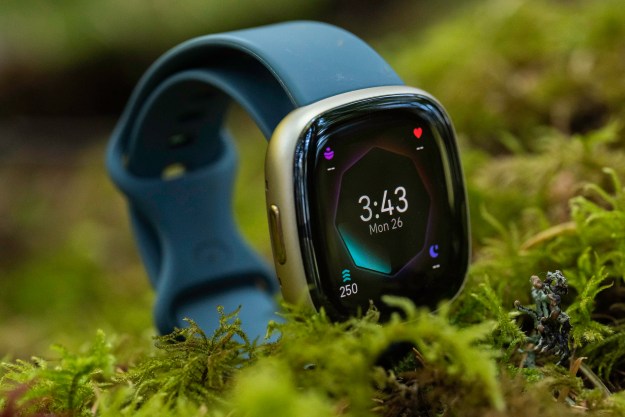Qualcomm wants to make its in-display fingerprint sensor a little bit more seamless. Its first-generation Sonic Sensor was introduced a few years ago, and at the time offered a decent experience — but since then, has been overtaken in terms of speed and performance by competing optical sensors. Now, Qualcomm has finally launched a new, second-generation 3D Sonic sensor with big improvements.
The new sensor is 77% larger than Qualcomm’s original 3D Sonic Sensor, measuring in at 8mm square, compared to the original’s 4mm by 9mm. In other words, you’ll be able to place your finger on a larger portion of the screen, making the overall experience a little more seamless.
Perhaps even better is the fact that Qualcomm says the new sensor is a hefty 50% faster than the original. Combined with the larger surface area, users should be able to get into their phones more easily. The new sensor is about as thin as the last-gen version, coming in at 0.2mm.

Qualcomm says that the new fingerprint sensor is expected to debut on mobile devices in early 2021. We’re not yet sure how early in 2021 that is, but Samsung is set to launch the Samsung Galaxy S21 on January 14, so it’s entirely possible that the companies have been working together on the tech, and that the next-gen Galaxy device will include it. The previous-gen sensor was included in the Galaxy S10, Note 10, Galaxy S20, and Note 20.
Of course, the future of fingerprint sensors in phones is a little uncertain. While Apple has switched to Face ID over Touch ID, most Android manufacturers have stuck with fingerprint sensors, mostly under the display. Rumors suggest Apple may soon include both in its phones, which would help ensure that users can easily get into their phone, even with a face mask on.
It’s about time for an upgrade to the 3D Sonic Sensor. When the first-generation version debuted on the Samsung Galaxy S10, it was considered pretty fast — but by the time the S20 rolled around, competing optical sensors generally outperformed the 3D Sonic Sensor, and the S20 suffered in reviews because of it. The flip-side of that is that Qualcomm says the 3D Sonic sensor is very secure, and hard to trick. Regardless, hopefully the new sensor will bring the Galaxy series in line with the competition.
Interestingly, Qualcomm touted the fact that its other fingerprint sensor solution, the 3D Sonic Max, won a CES 2021 Innovation Award. This technology was initially shown off in late 2019, but never made it to market — even as the standard 3D Sonic sensor was in development. Qualcomm now says that this even larger sensor, which can recognize two fingers among other advancements, will finally launch in phones this year.
Editors' Recommendations
- AMD’s 3D-stacked Ryzen 7 5800X3D is ‘world’s fastest gaming processor’
- Earin’s $199 A-3 are the smallest true wireless earbuds you can buy
- 3D-printing technique produces tiny, highly detailed objects in seconds
- The Qualcomm 3D Sonic Max fingerprint sensor lets you scan two fingers at once


